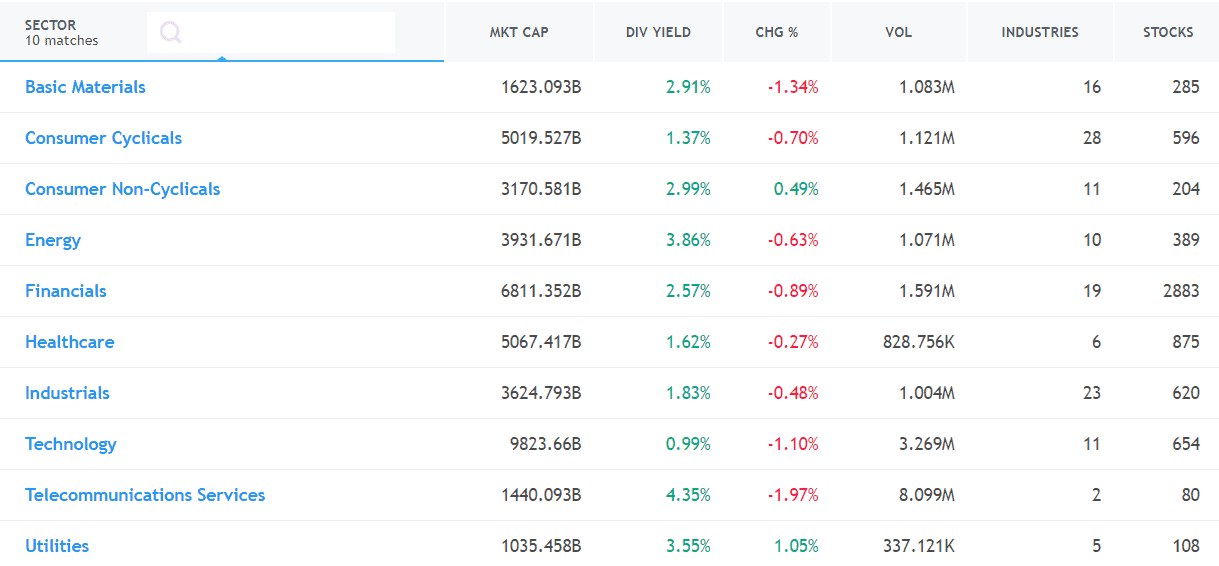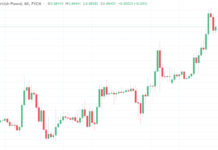There’s certainly nothing to worry about if you fall under the category of forex or penny stocks traders who want to get into these markets but have problems doing so due to limited investment capital. The Forex and penny stocks community accommodates virtually all types of investors, including those who aim to start small. Although penny stocks are seen as stocks that fall under the $5 share price, which covers a host of stocks that are listed on some of the major exchanges like Nasdaq, these types of stocks are also listed on pink sheet markets or the-counter bulletin board (OTCBB).
On the contrary, when market participants such as banks, multinational companies, governments, individuals and even countries, trade currencies, they look out for possible areas they can turn in profits, based on how well they’re able to judge the most likely path of price when considering a forex pair, not forgetting that currency fluctuations is what makes the market tick.
Before reading the article and writing your questions in the comments section, I recommend to watch this video. It’s not long but covers the biggest part of questions on the topic.
Table of Contents
What can I trade?
On Forex
A litany of forex pairs are available on virtually all reputable forex brokers. An example is the EUR/USD or the Euro against the Greenback, with quotes assigned to such pairs based on market sentiments. Let’s say, a trader gets a quote of 1.146 for the EUR/USD pair, this implies you can buy 1.146 U.S. dollar for one Euro. Some of the most liquid currency pairs include EUR/USD, GBP/USD, USD/JPY, USD/CHF, AUD/USD, EUR/JPY, USD/CAD, and EUR/GBP.
Other tradable currency pairs listed on the fx market are not as liquid as the eight mentioned above.
On Penny Stocks
Discover over 2,500 stock listings on the New York Stock Exchange and more than 3,300 on Nasdaq, and the good news is they’re not the only exchanges you can trade on. Stockbrokers in the United States for instance, can offer you access to foreign exchanges, allowing you access to Chinese stocks, as well as those of the Canadians, Japanese and lots more.
What is the capital requirement?
For Forex
The allure to trade forex has always been hinged on the low capital requirement that a lot of brokers preach. The minimum deposit requirement may vary from $10 to $100, as market participants gain access to an extremely leveraged market. Leverage in the foreign exchange market can reach as high as 1:500. This implies that with a $500 initial deposit, you can initiate a position that holds a $250,000 value.
Utmost caution must be applied when using leverage this high, as you may lose your entire equity if the market moves just 0.2% against you.
For Penny Stocks
Although you can get a stockbroker that will open an account of $100 for on your behalf, the capital requirement is a bit higher here. Day trading penny stocks may require a $25,000 deposit, which could vary across the board, but this is not the case when trading forex.
What drives sentiments?
In Forex
Forex trading is mainly driven by macroeconomic news. Non-farm payrolls, GDP, retail sales, apex bank policies, inflation reports, trade balance, and other macroeconomic factors are heavy drivers in the forex market. For instance, significant movements can be experienced in the EUR/USD pair when the Fed Chairman speaks.
In Penny Stocks
Asides earning reports and guidance, individual penny stocks also get affected by macroeconomic factors. As seen in the currency market, the pink sheet market also depends on government policies. Penny stocks and forex traders are both affected by geopolitical events.

What are the Fraud Schemes to look out for?
In Forex
Yes, the forex market is unregulated, but brokers are required to be licensed and regulated within the territories they operate. A red flag is raised when you come across brokers that are not in conformity with such, meaning they’re entirely susceptible to closing shop and bailing with investor monies. Some fraudulent forex brokers may engage in other sharp practices like excessive/hidden commissions and fees, delay filling of orders, widening of spreads, etc.
In Penny Stocks
One major fraud pattern that has characterized penny stocks is the “pump and dump” scheme, where insiders falsely jack up the price of shares to lure investors into buying them, after which the insiders’ selloff, take their profits and allow the share prices decline swiftly.
Another notable fraud scheme is the “short and distort”, where an operator short-sells a penny stock and then goes ahead to spread damaging rumors about the firm in a bid to drive share price lower, thereby profiting from it.
How does trading hours differ?
For Forex
The forex market is a round-the-clock marketplace that handles trading simultaneously across various floors in different countries:
- Sydney Floor – opens at 17:00 EST and closes at 02:00 EST.
- Tokyo – opens at 19:00 EST and closes at 04:00 EST.
- London – opens at 03:00 EST and closes at noon EST.
- New York – opens at 08:00 EST and closes at 17:00 EST.
The most liquid trading hours are the London and New York trading hours, and the overlap of their sessions yields the highest liquidity in the forex market.
For Penny Stocks
Both floors of the NYSE and Nasdaq open at 09:30 EST and close at 16:00 EST for normal trading hours. Pre-market trading takes place between the hours of 04:00 EST to 09:30 EST, while after-market trading occurs between 16:00 EST to 20:00 EST, but then again, these sessions are characterized by low liquidity.
How to manage an overnight trade?
For Forex
If you decide on holding a position past 17:00 EST, this is another way of saying the said position has entered a new trading day. If the Bank of England posts interest rates that stay lower than those of the United States, while a long GBP/USD position is being held, your broker will request that you pay interest for the designated long overnight position.
For Penny Stocks
Interest can only be paid on Penny Stocks if you borrow money or stocks from your broker.
What are the applicable commissions and fees?
For Forex
Forex trading does not require commissions and fees. Howbeit, a bid-ask spread is always introduced by brokers as a sure way to settle their transaction costs. The spread a lot of times depends on the forex pair’s liquidity, as well as on the type of broker.
For Penny Stocks
Irrespective of the position size, if a quoted penny stock price experiences a $1 change, market participants will say it has undergone a one-point change. For a stock that generates an appreciation that alters its value to $6 from $5, we’ll refer to it as a one-point-move. Trading penny stocks attract fees and commissions, asides the spread between the bid and ask.
Other fees penny stock traders are expected to spend on includes regulatory fees i.e. FINRA Trading Activity Fees (TAF), along with exchange fees and SEC fees.
Exchange fees are less than a cent and largely depends on the exchange you’re trading on. The broker will transfer exchange and regulatory costs to you. Your trading volume will determine the broker commissions or can as well be fixed. A fixed commission is known to fall within the range of $1 to $7.
Conclusions
Penny stock traders can select between thousands of firms, while most forex traders will have to put up with just over 40 currency pairs. Searching for tradable assets is much easier in the forex market, considering you have to search through fewer options, while penny stocks offer a huge challenge when sifting through thousands of listed firms. Asides this, penny stocks traders will have to endure the challenge of forecasting earnings of listed firms.
The forex market is less volatile than the penny stock market, which is why leverage is higher in the currency market. Experiencing a 10% market decline is something that does not happen in the forex market, but we see such dips in penny stocks, particularly following the release of earnings reports.





